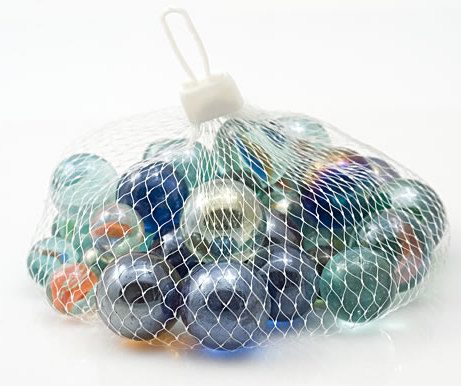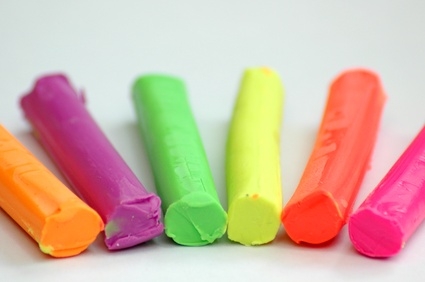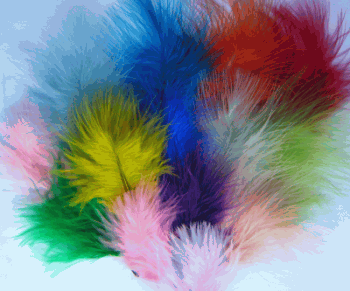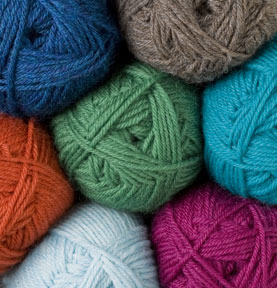Project descriptions
Details of project requirements will be updated as the semester goes. Please refer back to this page for the latest on each project.
Personal website
Each student needs to create a personal website to post progress reports, notes, assignments and documentation on a weekly basis.
Create this website so that it is easy for you to update and think of it as a tool to keep track of your progress and your work and thinking throughout the semester. This website will often be your main medium to hand in weekly assignments. Please be advised it needs to be updated before the start of class each week.
Design exercises
A series of 2 week long design brief will be introduced throughout the semester. Each design brief will be an opportunity for you to apply the technics and concepts discussed in class. You can do these exercises alone or in pairs. Detailed online documentation will be required for these exercises on a weekly basis and students should be prepared to present in class at any given moment in the process.
Design exercise 1: Make a Switch
Objective:
Make an interactive object or game that integrates at least one hand made switch.
Week 1:
Take a multimeter out and explore what kinds of conductive materials could be used to make an input interface, a switch. Your house, office, trash cans, parks are good places to start…
Come up with different ways you could make one or more switches using this material to create interesting user interactions.
Bring your conductive materials to class (at least 3 different ones).
Week 2:
Use your materials to make one or more switch and use them in your first Arduino Circuit to turn LEDs on or off. What story are your switches telling? What kind of interactions are they enabling?
Bring your functioning finished project to class for a demo.
Online Deliverable:
– Short description of concept
– Storyboard for your interaction
– Schematic diagram or your final circuit
– Source code
– Photo and video of your finished project
Design exercise 2: Animate
Create an animated object that changes over time.
What is your object? In what context does it exist?
What does it convey? Communicate? Could you describe it's personality?
How can you express ideas, emotions, information through this change? How does your object explore alliterative modes of expression through motion and transformation?
– Use light and/or motion to create your animated object
– Make sure your object has at least 3 different states
– Choose between 1 and 3 emotions to describe the different states of your object
– Your changes can occur very quickly (milliseconds) or very slowly (many days) and thus bear different meanings and create different experiences
Deliverable, week 1 (Sept 27)
– Concept and intentions
– 3 references of prior work that relates to your piece
– Storyboard your object as it animates
– Technical diagram describing all of the components of the object
– Key animating element prototyped and documented
Deliverable, week 2 (Oct 4)
– Complete functional prototype of all the pieces of your object
Deliverable, week 3 (Oct 11)
– Final version of all concept documents, with references and storyboard
– Final project, ready to present and demo in class
– Code and final schematic diagram
Design exercise 3: Sense
The objective of this brief is to create an interactive 2+ players game that uses one or more sensors and one of the following materials:




Explore and document the affordances of your selected material. What are its possibilities for action?
• When you look at it, what do you think you could do with it?
• When you manipulate it, what gestures do you do intuitively?
• When you think of it, what cultural references come to mind?
What else could you do with it? What are its physical properties?
• Is it soft, hard, bouncy?
• Does it float, sink, fly?
• Is it transparent, translucent, opaque?
What types of sensors could you use to detect these afforded actions and the associated properties of the materials?
What types of games are you interested in making?
You can start with an existing classic game and reinvented using these materials and with a new augmented interface. Games such as Pong, Snakes and Ladders, Tag, Mikado, Charades…
This is a group project. You can work in groups of 2 to 3 students.
Deliverable, Week 1:
– 1 diagram or drawing explaining the concept behind your game. No descriptive text
– A storyboard presenting the rules of play
– A working prototype to showcase in class
Deliverable, Week 2:
– Fully functional game, ready to be played with all of it's components
Deliverable, Week 3:
– Photo and video documentation of your finished game. Use the video to demo the full features of your game
– Source code and schematic diagram of your circuit
– Final version of your game integrating feedback from Week 2 play testing session
Design exercise 4: Communicate
The objective of this brief is to create a Cadavre Exquis with many networked objects.
Each of your objects will receive a packet, parse it, use it to make a physical manifestation, modify it and send it to the next object. The physical manifestation must be somewhat related to the data you received and can be anything we've seen in the ANIMATE section. The packet modification can be done according to a specific algorithm or related to the sensed environment using sensors similar to what we've seen in the SENSE section.
We will connect your objects in a ring network next week. The basic concept behind the connections is that one Arduino has its TX pin (digital 1) connected to the RX pin (digital 0) of its left neighbor and its RX pin connected to the TX pin of the right neighbor.
Those of your interested in RF/IR may "break" the ring topology as a group project. You must make sure that the rest of the network will not be disrupted when you connect your subnet into it.
We will spend class time working on this exercise together.
Lab session 1: Get a basic ring network working which passes the same bit of information over everyone's nodes.
Deliverable for Nov 8th: Bring what you need to create the physical manifestation and packet modification in class. Make sure your bits function properly so we can integrate them in the overall network.
Lab session 2: Get a final ring network working with everyone's individual unique nodes.
Deliverable for Nov 15th: Post a short video documentation of your node in action with at least one other node. Include your final code.
Use this code snippet as the starting point for your node:
– Version 1 (do not use)
– Version 2 (continuous with buffer clearance)
– Version 3 (with switch trigger)
Readings
There are no mandatory books for this class. However, you will be assigned readings related to different topics presented in class throughout the semester. Please be prepared to discuss the readings in class.
Occasionally, you will be asked to post written responses to readings (especially if i notice that only a few of you are doing their required readings).
Final Project
The topic for the final project is open and you should see it as an opportunity to further investigate an area of particular interest to you.
There are however a few requirements:
– The project must be either interactive or reactive, evolving and changing through external input (data, sensors, humans etc.).
– Anchor your project in a context and/or an environment: either conceptually or practically. Where is it meant to exist? Who is your target user?
– Focus on creating an engaging meaningful experience
– Make sure the interface, or the behaviours, are easily readable, usable (if applicable) and easy to use.
You can work alone or in groups (recommended).
You should also attempt to answer the following questions:
– What big ideas does it address?
– Does it answer a specific need?
– Solve a problem?
– Present a new approach to an existing way of doing things?
– What are you trying to say and how is your project contributing to the conversation about this topic?
– Does it augment ourselves or our world?
– Does it bring us closer together?
– Does your project encourage new types of relationships between humans and/or elements of their environment?
Some examples of what your project could be:
– Tangible User Interfaces – connecting people to the digital world through new physical objects.
– Responsive Environments – large-scale installations that react to user intervention.
– Wearable Electronics – augmented fabrics that challenge the relationship between our body, the environment and technology
– Expressive Interfaces – new media for expression, communication, physical instruments for performance, musical objects
– Distributed Networked Objects – Simple networked modules that communicate with each other, illustrate emergent behaviours or make accessible information about our environment
– Assistive devices – objects aimed at augmenting human capabilities in clear, reliable ways
Deliverables
DUE NOV 15 :
Concept proposal
1. Project description:
Present your project's in 200 words addressing the above questions. Include references to 3 prior projects that share similar conceptual objectives.
2. Concept diagram:
Illustrate your concept in 1 diagram or image
3. Preliminary technical approach:
list the technologies you intent to use as part of the project and your level of contort with each one of them
DUE NOV 22:
Final concept
1. Revised project description and concept diagrams, as applicable
2. Detailed Storyboard (as discussed in class)
3. Construction and fabrication plans
4. Technical diagram for your entire system
5. Circuit diagram
6. Technical proof of concept (a first prototype of your main technological component)
DUE NOV 29:
Prototyping and play testing week
1. Functional prototype for play testing
2. Play testing report : strategy, documentation and summary of things learned
DUE DEC 6
Final presentations
Bring your project to class for a demo
Be prepare to present your concept to the rest of the class in a clear and succinct way.
DUE DEC 10
Final date to post all online deliverables
Make sure to include:
– Name of project
– Name of team members
– Concept description (200 words)
– 3 references to previous art, design or media projects that have inspired you or explore a similar concept including, for each reference
– Concept diagram
– Storyboard
– Final technical diagram
– Final circuit schematic
– Final Code, commented
– Process pictures (at least 5)
– Documentation of your user testing session (at least 5 images and a short video)
– Final version pictures
– Final short video presenting your entire project